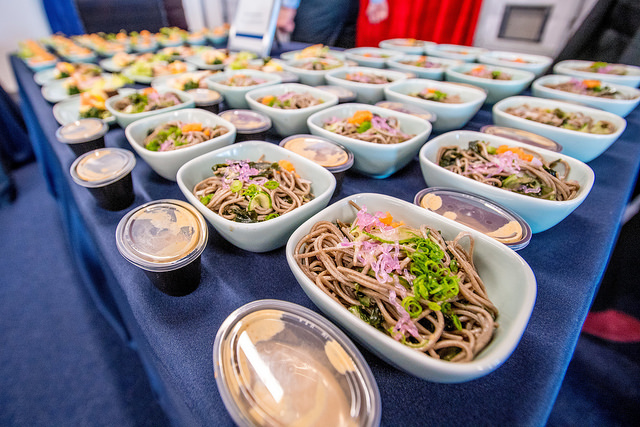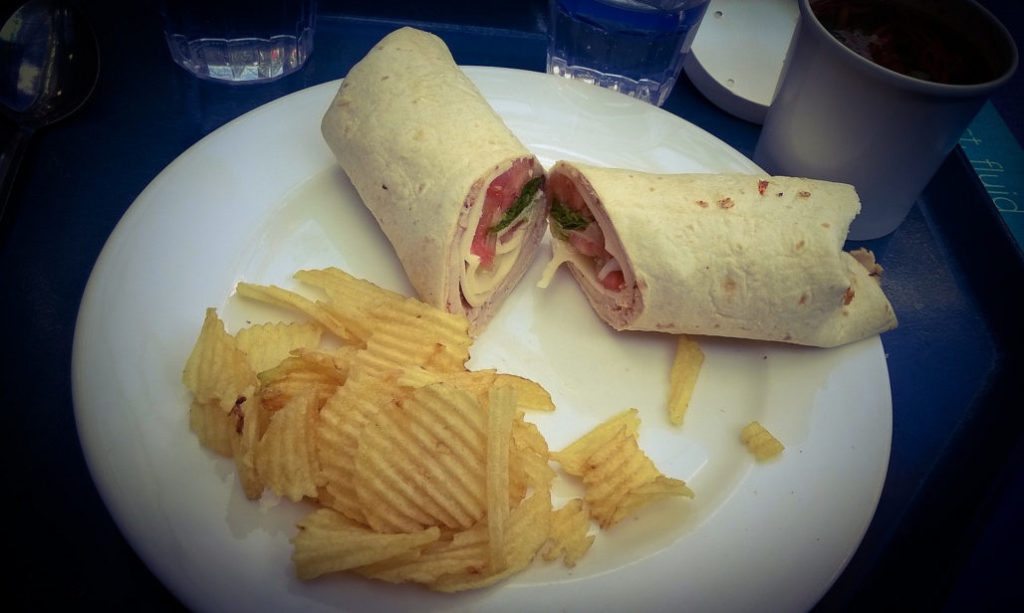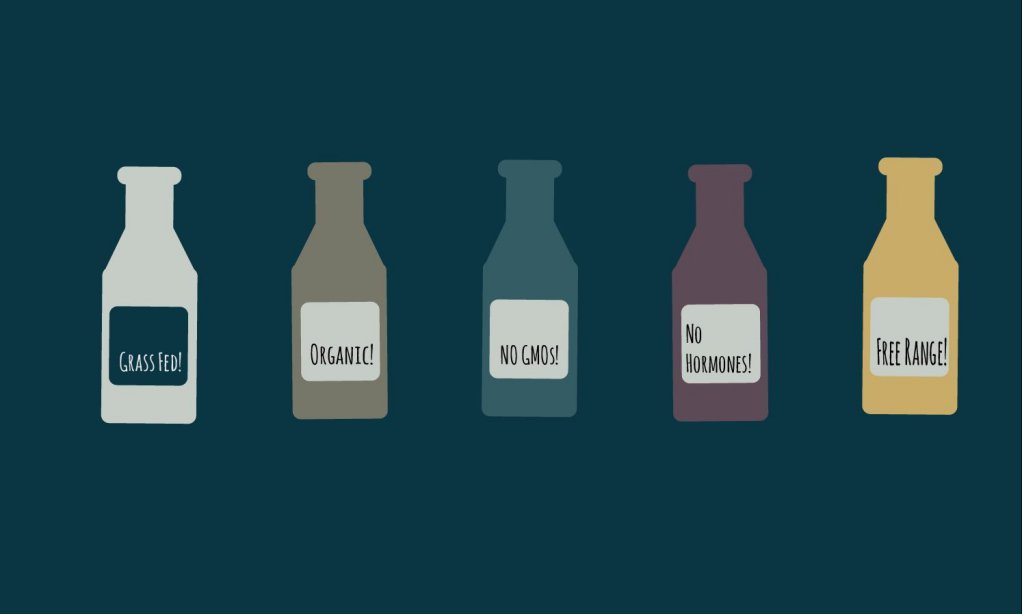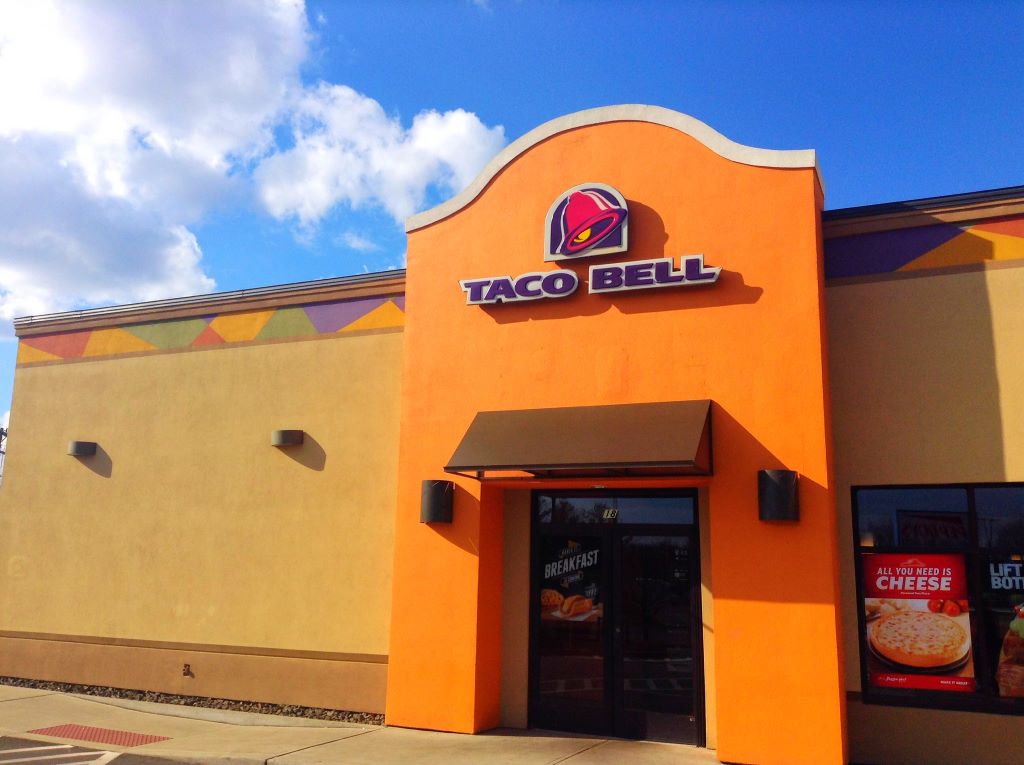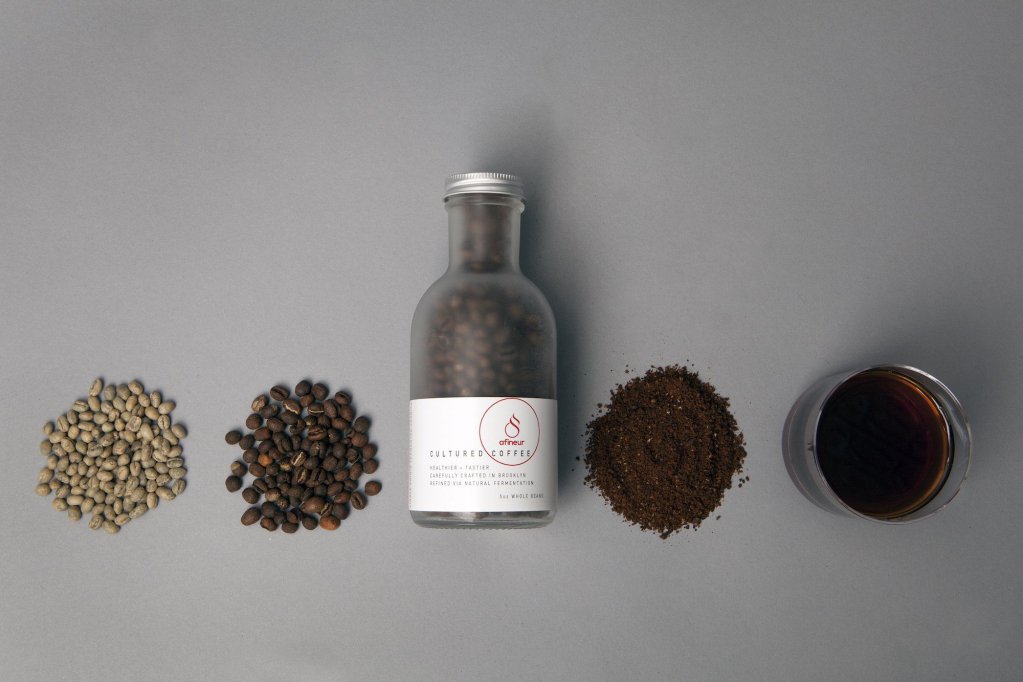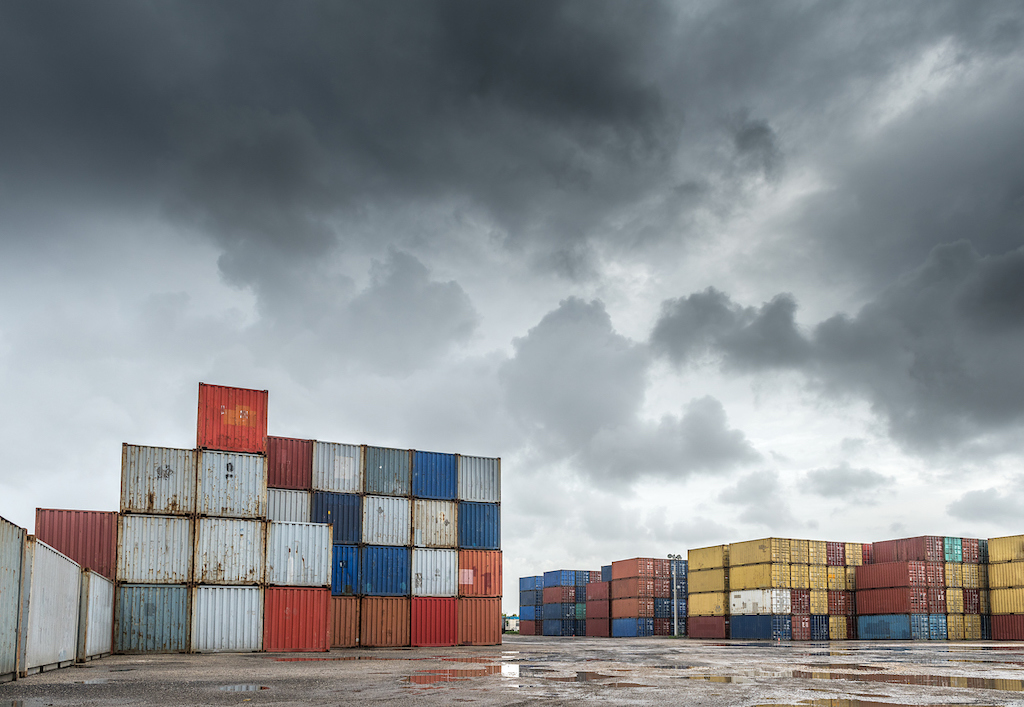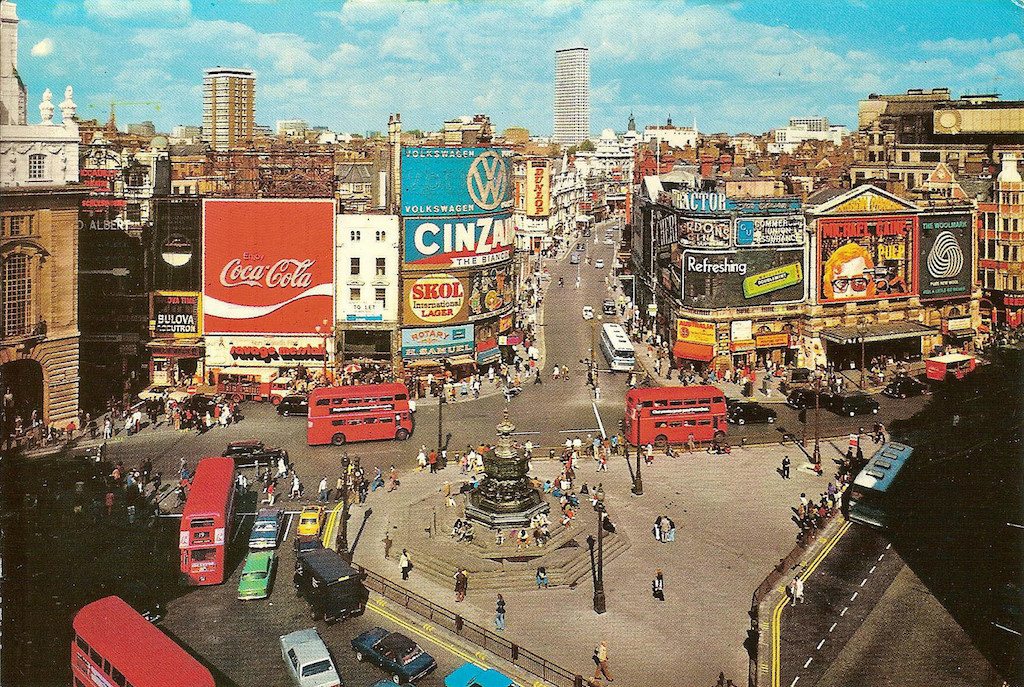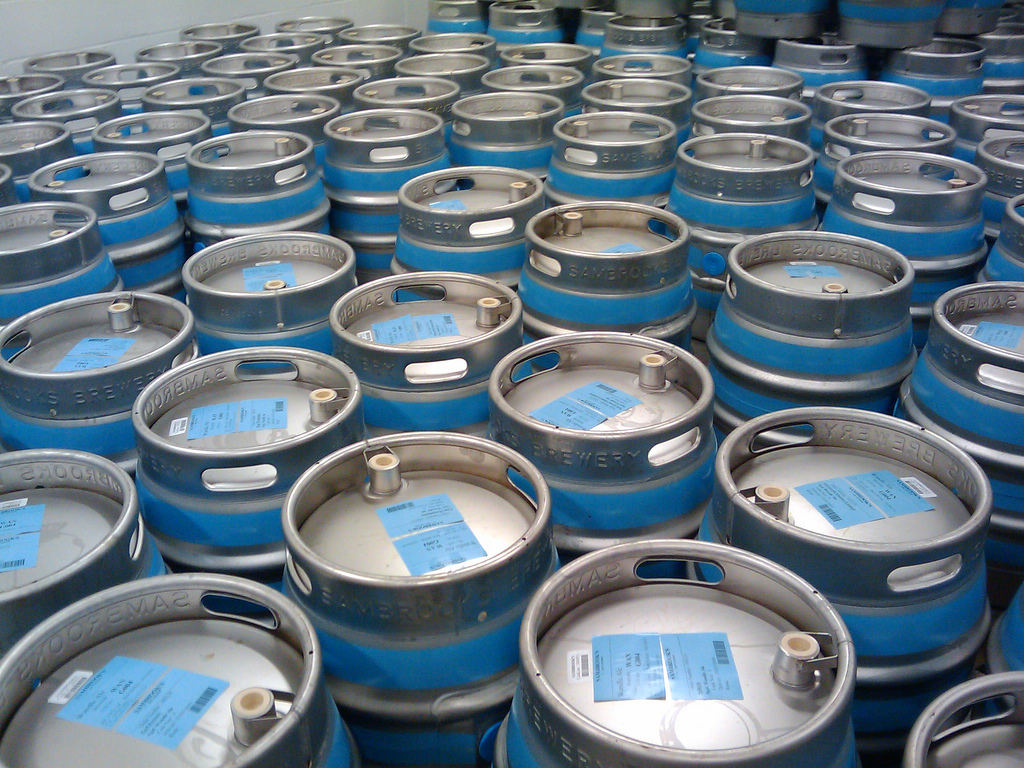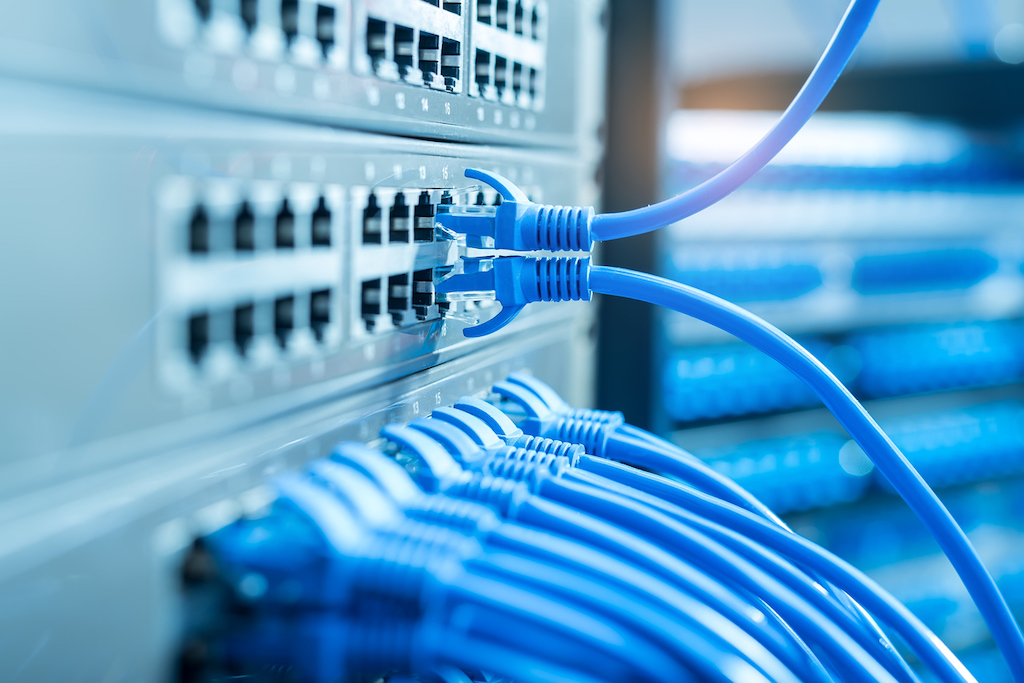If you’ve flown domestically on certain airlines this year, you may have noticed something that came seemingly out of blue: free food. And not just the ubiquitous peanuts-&-pretzels or Biscoff cookies routine, but complete meals.
Yes, technically the food isn’t “free.” (Cue econ majors pointing out that the flying public incurs the opportunity cost of taking trips in the first place.)
But the fact of the matter is, this time last year—and for over a decade before that—if you wanted a meal during your flight, you had to pull out your credit card. Now you don’t.
“These airlines also have to think about giving people a reason to fly them instead of flying a cheaper airline”
A little history: In 1978, President Jimmy Carter signed the Airline Deregulation Act, a law that withdrew government control over many aspects of air travel, including “quality, variety, and price of air services.” The forces of the free market led to increased competition among carriers.
Fares dropped, but as a result, so did quality-of-flight factors, including meal service.
The September 11th terrorist attacks further exacerbated competitive pressures—people traveled less, and soon after, meals were pulled from the itinerary entirely, Slate reports.
So why the sudden move back to free main-cabin fare?
You could call it a flyer’s market.
“These airlines also have to think about giving people a reason to fly them instead of flying a cheaper airline,” says Seth Kaplan, an airline industry expert and editor of Airline Weekly. “Broadly speaking, they’re always thinking about the fact that they hope to take revenue premiums over no-frill airlines. And there has to be something different and better about flying them.”
Plus, happier customers behave better, says Dr. Charles Platkin, director of the Hunter College New York City Food Policy Center and creator of the popular annual Airline Food Investigation, released this week.
“Airlines are catching up with some of the science that does show that, if you serve something that’s tasty and healthy, you will impact how customers feel about a flight.”
Another departure from the norm? Airline food is getting healthier, Platkin points out in his survey.
NPR reports that in the 1930’s, before commercial flights were popular, multi-course meals were served on actual dishware to the few who could afford to fly at all. As commercial flying became more affordable, airlines had more mouths to feed, and less money to feed them with. So food quality took a nosedive.
“Ten to fifteen years ago, [airlines] were offering foods that were incredibly high in sodium, incredibly high in calories, incredibly low in taste and low in quality,” Platkin says.
Airlines are also paying more attention to consumer interest in “clean” eating.
“I think that they’re starting to recognize what’s happening on the ground. Clearly, there’s something in the ‘better for you’ market that is signaling that people are interested in eating healthier foods and having more transparency. People are interested in food in general. So serving healthier foods does become critical,” says Platkin.
And this doesn’t necessarily mean that you will pay for your free meal with a higher ticket price.
Ultimately, free meals make sense for customers and carriers. People get veggie wraps, and airlines get positive attention. Everybody feels really, really good.
“We have seen significant improvement across a variety of metrics, including food and beverage as well as flight attendant interaction scores and, most notably, our Net Promoter Score,” Delta’s spokesperson added. The latter is a customer loyalty metric used by many different industries.
Delta wouldn’t comment on whether the airline plans to expand its meal service to more routes. And whether more airlines will follow its suit is still… well… up in the air. But save for, say, an Airline Re-regulation Act of 2018, if carriers want to maintain competitive advantage, they know what to do.
